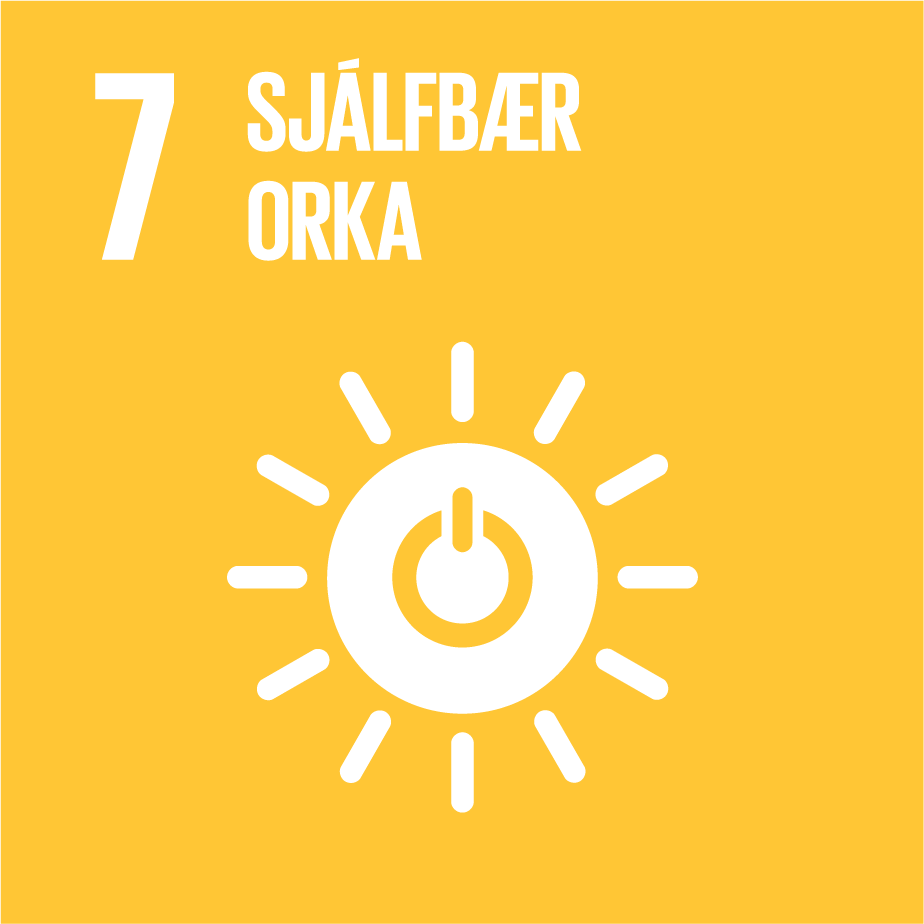The Kárahnjúkar project is the largest individual hydropower project developed in Iceland and is located in East Iceland. The gross head is 600 m. The project harnesses two glacial rivers, impounded by the Kárahnjúkar dam and two saddle dams. Headrace tunnels are a dominant feature of the Kárahnjúkar hydroelectric project. The powerhouse and appurtenant structures are located mostly underground in the Fljótsdalur valley.
The Kárahnjúkar supplies all generated electricity to an aluminium smelter operated by Alcoa. Therefore, operational reliability was a key issue in all design of the hydroelectric project.
The project harnesses two glacial rivers. The larger one, Jökulsá á Dal, is impounded by the concrete faced Kárahnjúkar dam and two saddle dams forming the Hálslón reservoir. The dams are rock-earthfill dams. The smaller one, Jökulsá í Fljótsdal, feeds into the Ufsarlón pond. Further diversions from the area east of Jökulsá í Fljótsdal add to the project. An overflow spillway and a bottom outlet in the Hálslón reservoir convey water back into Jökulsá á Dal and the Hálslón tunnel intake is equipped with trashracks, bulkhead and wheel gates.
From Hálslón reservoir and Ufsarlón pond water is conveyed by an extensive interconnected headrace tunnel system under the Fljótsdalsheiði plateau. Three tunnel boring machines were used to excavate 90% of the 40 km long headrace tunnel. The headrace tunnel feeds two vertical, steel lined pressure shafts leading to six Francis units located in the underground powerhouse. The transformers are located in a transformer cavern adjacent to the powerhouse. A one km long cable tunnel, with 220 kV cable connections, leads to the substation. Water from the turbines empties into a tailrace tunnel which opens into a tailrace canal, ending in the river Jökulsá í Fljótsdal. The surge facilities consist of the mildly sloping Miðfell surge tunnel and the vertical Hólsufs surge shaft.



